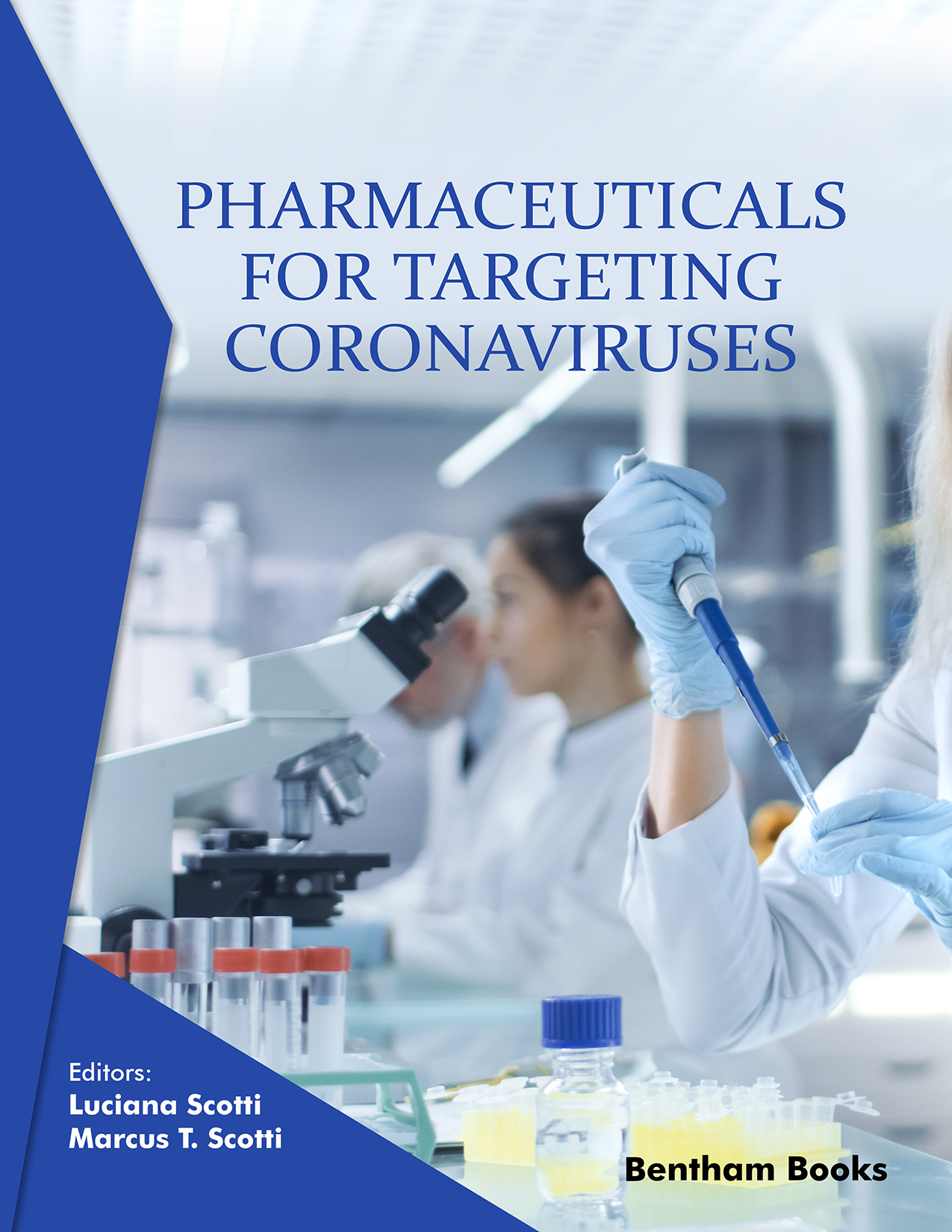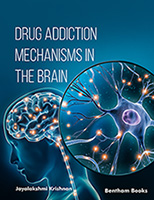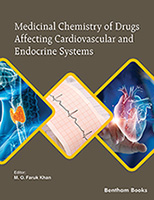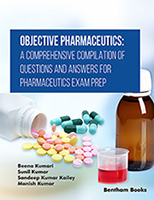The new coronavirus (2019-nCoV) is part of the group of viruses in a format similar to a crown (Corona), more specifically belonging to the species Betocoronavirus, such as Middle East respiratory syndrome coronavirus (MERS-CoV) and acute respiratory syndrome (SARS). The outbreak was first reported in Wuhan, China, in December 2019, where several cases similar to pneumonia and SARS started to appear with symptoms of fever, cough, and severe respiratory difficulties [1-4]. Its origin is still unknown. Some works suggest mutations of the virus in bats or snakes, animals commercialized in the Wuhan market, which have infected humans. The homology similar to the 2019 - nCoV than to your Sequences of Bat SARS-like coronavirus supports the hypothesis that the transmission chain began from the bat and reached the human [5, 6]. It was what happened to the infectious agent that caused COVID-19.
The improvement of drug discovery techniques is fundamental in searching for new therapies that could be selective and effective to combat SARS-CoV-2. Drug discovery approaches are based on ligands (Ligand-Based Drug Design - LBDD) or structures (Structure-Based Drug Discovery - SBDD). Concerning SBDD, it is the main and most evolved technique used for discovering new drugs. The application of SBDD techniques has been improved the pharmacological arsenal against diverse diseases, which allowed to discover innovative treatments, such as inhibitors of HIV-1 proteases. In chapter I, main SBDD techniques (i.e., homology modeling; molecular dynamics and docking; de novo drug discovery; pharmacophore modeling; fragment-based drug discovery; and virtual high-throughput screenings) applied to discover new hit compounds SARS-CoV-2 (COVID-19) will be discussed in detail.
Medicinal plants with a wide range of bioactive compounds, which are exhibiting antiviral activities, are able to provide possible benefits as a preventive and treatment for COVID-19. Rockrose (Cistus spp.), lemon balm (Melissa officinalis L.), rosemary (Rosmarinus officinalis L.), licorice root (Glyrrhiza glabra L.), olive leaf (Olea europea L.), peppermint (Mentha piperita L.), basil (Ocimum bacilicum L.), sumac (Rhus coriaria L.) and different species of thyme (Origanum, Thymus, and Thymbra) are important medicinal plants having antiviral activities. Chapter II provides an overview of published scientific information on the development of plant-based antiviral therapeutic agents based on the extensive literature survey. Researchers from all over the world are dedicating themselves to several studies in an attempt to find the best treatment and prevention against the coronavirus. Chapter III addresses the main characteristics of SARS, the main targets and drugs that have achieved excellent results in clinical trials.
With increasing COVID-19 cases globally, it would be too difficult to provide proper treatment even for the severe cases in hospitals. Therefore, the general public is advised to wear the mask, maintain social distancing and use sanitizers. The COVID-19 mild infected patients may be isolated at home and can be taken care of by natural medicines. In chapter IV, an attempt has been made to repurpose all potential natural drugs and natural Ayurvedic formulations that may be beneficial to combat viruses like the SARS-CoV-2 due to their antiviral and immune-modulator properties available under Indian traditional medicine and Chinese traditional medicine system for the effective treatment or prevention of COVID-19.
Peptidomimetics have emerged as a potential class for designing new effective drugs against COVID-19, in addition to lopinavir/ritonavir, in which these drugs are currently being investigated in clinical trials. In chapter V, the authors describe peptidomimetic and peptide-derived inhibitors of 3CLpro from SARS-CoV-2, and also SARS- and MERS-CoV viruses, summarizing all relevant studies based on warhead groups utilization and SAR analysis for all of them to contribute to the development of compounds more selective, effective, and low-costs to combat these emerging viruses.
Luciana Scotti
&
Marcus T. Scotti
Laboratory of Cheminformatics
Program of Natural and Synthetic Bioactive Products (PgPNSB)
Health Sciences Center, Federal University of Paraíba
João Pessoa-PB, Brazil
References
1. Benvenuto D, Giovanetti M, Ciccozzi A, Spoto S, Angeletti S, Ciccozzi M. The 2019-new coronavirus
epidemic: Evidence for virus evolution. J Med Virol 2020; 92(4): 455-9. [http://dx.doi.org/10.1002/jmv.25688] [PMID: 31994738]
2. Zaher NH, Mostafa MI, Altaher AY. Design, synthesis and molecular docking of novel triazole
derivatives as potential CoV helicase inhibitors. Acta Pharm 2020; 70(2): 145-59.
[http://dx.doi.org/10.2478/acph-2020-0024] [PMID: 31955138]
3. Phan T. Novel coronavirus: From discovery to clinical diagnostics. Infect Genet Evol 2020; 79:
104211.
[http://dx.doi.org/10.1016/j.meegid.2020.104211] [PMID: 32007627]
4. Li G, Fan Y, Lai Y, et al. Coronavirus infections and immune responses. J Med Virol 2020; 92(4):
424-32.
[http://dx.doi.org/10.1002/jmv.25685] [PMID: 31981224]
5. Mahase E. Coronavirus: doctor who faced backlash from police after warning of outbreak dies. Bmj-
British Medical Journal 2020; 368
[http://dx.doi.org/10.1136/bmj.m528]
6. Mowbray H. In Beijing, coronavirus 2019-nCoV has created a siege mentality. Bmj-British Medical
Journal 2020.
[http://dx.doi.org/10.1136/bmj.m516]
7. York A. Novel coronavirus takes flight from bats? Nat Rev Microbiol 2020; 18(4): 191.
[http://dx.doi.org/10.1038/s41579-020-0336-9] [PMID: 32051570]





